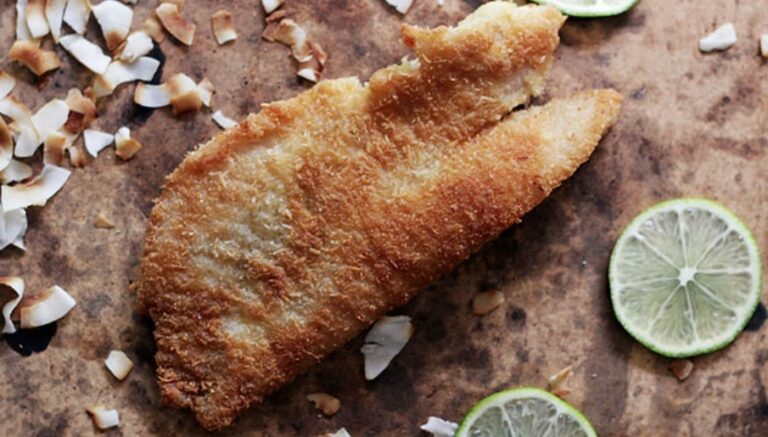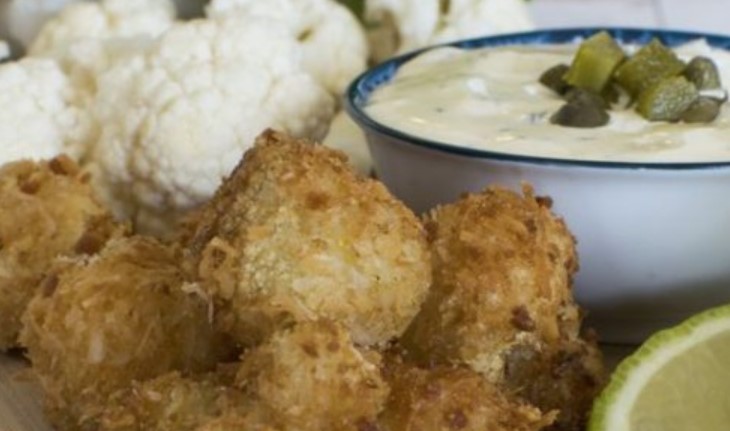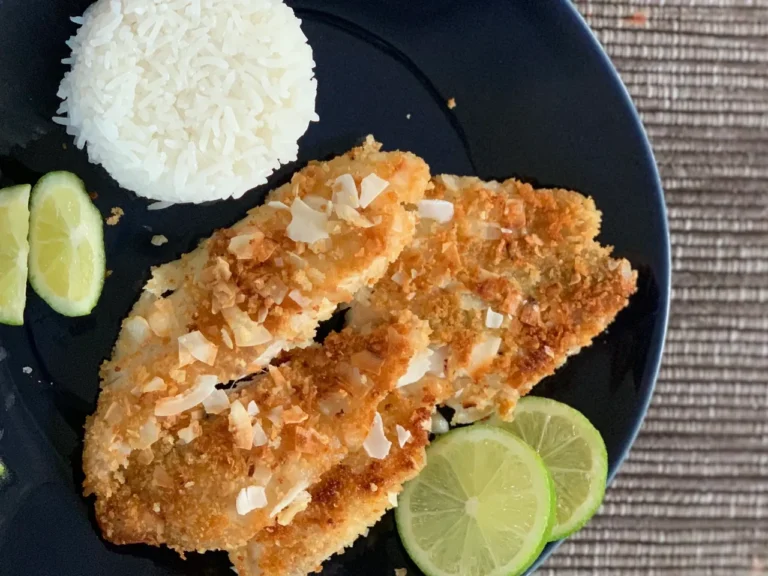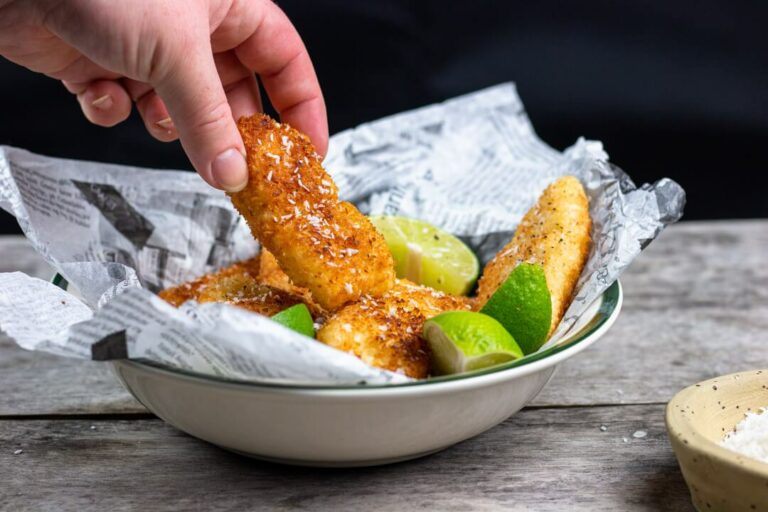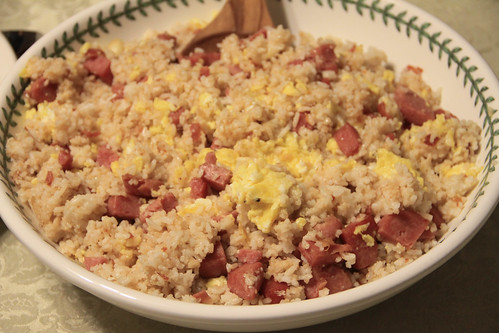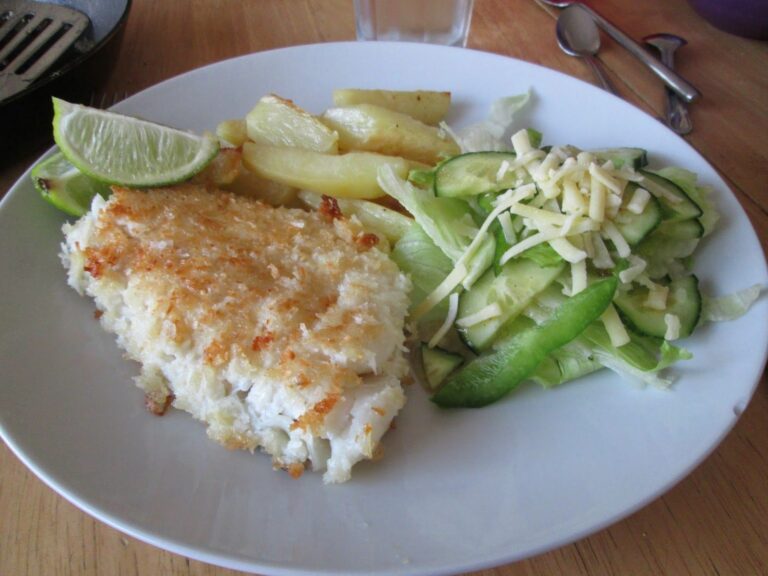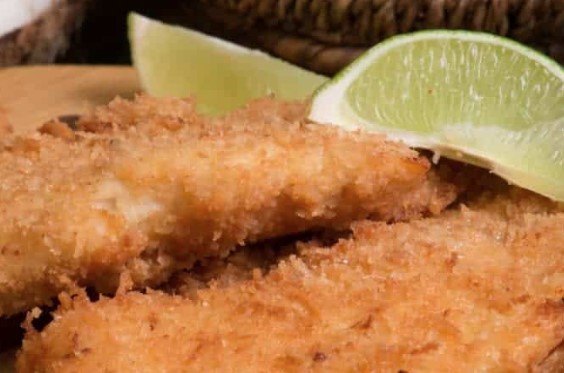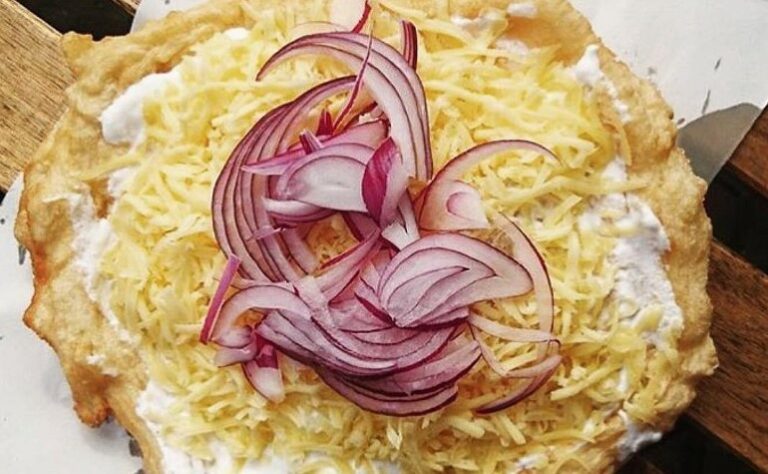Introduction: Exploring Nauruan Cuisine
Nauru, a small island nation located in the Pacific Ocean, has a cuisine that is influenced by its geographical location and cultural heritage. As a result, Nauruan cuisine is a blend of Polynesian, Micronesian, and Melanesian cooking styles. The food in Nauru is simple yet flavorful, with a strong emphasis on seafood and fresh vegetables. In this article, we will explore the seafood specialties of Nauruan cuisine.
Overview of Nauruan Seafood
Seafood plays a vital role in Nauruan cuisine due to the island’s proximity to the ocean. The most commonly caught fish in Nauru include tuna, mahi-mahi, and snapper. Other seafood staples include lobster, crab, and octopus. Nauru also has a rich variety of shellfish, such as clams, mussels, and oysters.
Nauruan seafood is not only a source of food, but it also plays a cultural role in the community. Fishing is an important activity for Nauruans, and the tradition of fishing has been passed down from generation to generation. Many Nauruan families rely on fishing for their livelihoods, and it is not uncommon for locals to trade seafood with each other or sell it to neighboring countries.
Traditional Seafood Dishes in Nauruan Cuisine
One of the most popular seafood dishes in Nauruan cuisine is coconut crab, a delicacy that is unique to the island. The crab’s meat is extracted and mixed with coconut milk, onions, and spices to create a flavorful dish. Another traditional seafood dish is ika mata, a raw fish salad that is marinated in lime juice and coconut cream.
Nauruans also enjoy grilled or steamed fish, which is often served with rice and fresh vegetables. Other seafood specialties include lobster bisque, fish stew, and octopus curry. These dishes are typically made using fresh and locally sourced ingredients, which give them a unique flavor that cannot be found anywhere else.
Unique Ingredients in Nauruan Seafood Specialties
In addition to seafood, Nauruan cuisine also features unique ingredients that add flavor and texture to traditional dishes. One such ingredient is taro, a starchy root vegetable that is used in soups, stews, and curries. Another is breadfruit, a fruit that is similar in texture to potatoes and can be roasted, baked, or boiled.
Coconut milk and cream are also commonly used in Nauruan cooking. The milk is used as a base for soups and stews, while the cream is used in desserts and sauces. Lime juice is another essential ingredient that adds a tangy flavor to many seafood dishes.
Preparation Techniques in Nauruan Seafood Cooking
Nauruan seafood dishes are typically prepared using simple techniques that highlight the natural flavors of the ingredients. Grilling and steaming are common cooking methods, as they allow the seafood to retain its moisture and flavor.
Many dishes are also marinated in lime juice, coconut milk, or a combination of both to tenderize the meat and add flavor. Some dishes, such as coconut crab, are cooked in their shells to infuse the meat with the flavor of the shell.
Where to Try Nauruan Seafood Specialties
Nauruan seafood specialties can be found in local restaurants and markets throughout the island. Many of these establishments serve traditional dishes using fresh and locally sourced ingredients.
If you are visiting Nauru, be sure to try ika mata, coconut crab, and grilled or steamed fish. These dishes are a true representation of Nauruan cuisine and are sure to leave a lasting impression on your taste buds.

